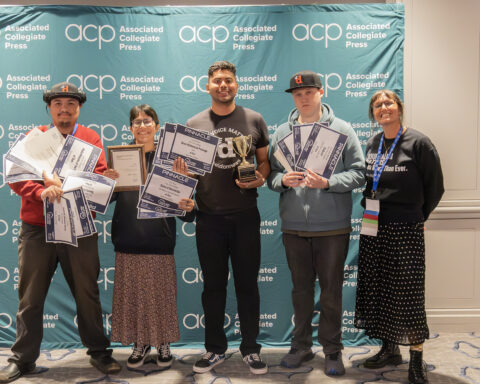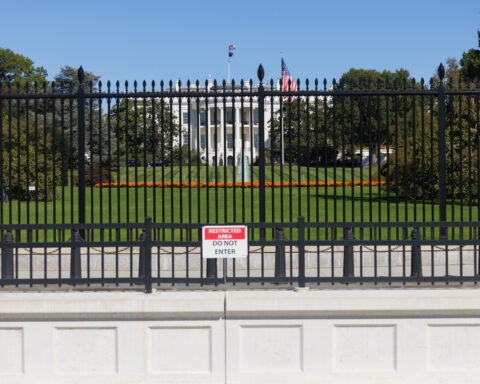
Fewer undocumented students in California applied for the Dream Act this year. In spite of the statewide trend, Santa Ana College numbers rose.
The two-part Dream Act, signed into California law in 2011, allows undocumented students who meet certain criteria to receive state student financial aid.
Under the Act, these students are able to apply for privately-funded scholarships at public institutions, as well as Board of Governors fee waivers at California community colleges and Cal Grants, state financial aid packages that can provide as much as $12,000 in each year.
This year 414 SAC students applied for the Dream Act by March 1, a day before the 2017 application deadline. Slightly higher than last year, when 382 students applied.
However, this year’s longer filing period, October to March, may account for the increase. Last year applications were accepted for only three months, January through March.
By contrast, the State of California reported 20,097 Dream Act applications this year, down from 34,162 last year.
The drop in the number of applicants across the state has been attributed to a heightened fear of deportation under the Trump administration, as President Trump continues to promise increased enforcement of immigration law.
On Feb. 21, the California Department of Education and California Student Aid Commission sent a letter to California educators. The letter addressed the decrease in Dream Act applications and asked educators to encourage students to apply for financial aid.
“The information provided via the California Dream Act Application is used solely to determine eligibility for state financial aid and is not shared with any other governmental agency,” the letter said, addressing possible student fears.
The letter also reminded Dreamers, students who apply for aid under the Dream Act, that state financial aid for undocumented students would remain legal under California law, “regardless of what happens at the federal level.”
Although the number of Dream Act applications did not drop at SAC, Robert Manson, associate dean of financial aid, explained that students did have concerns this year that had not been brought up previously.
Students at SAC, just as in other parts of the state, were concerned that information in their applications would be shared with federal agencies, resulting in their deportation.
Manson echoed the assurances in the Department of Education’s letter, saying it would be difficult to find out who applies for the Dream Act.
To provide support for Dreamers and other undocumented students, a club recently formed on campus called SAC I.D.E.A.S. (Improving Dreams, Equality, Access and Success).
One of the founders of the club, Emmanuel Gonzalez, is an ethnic studies major and a Dreamer, whose need for financial aid outweighed his hesitance about putting his information into the state financial aid system this year.
“The reasons why we made this club is to create a safe space for not only undocumented, but anyone who feels the need for it,” Gonzalez said.
The club is working to create scholarships and workshops to inform people of their rights. Members are also trying to push school administrators to make SAC a sanctuary school, which it currently is not, although Santa Ana is a sanctuary city.
The club meets in room S-107 for an hour every Thursday at 1p.m.
- Is Disney Worth The Money For Its Magic? - June 5, 2017
- Vinyl Collectors Find Hidden Gems at Greater Orange County Record Show - June 3, 2017
- Textbooks Costs Inspire New Alternatives for Students - May 10, 2017










